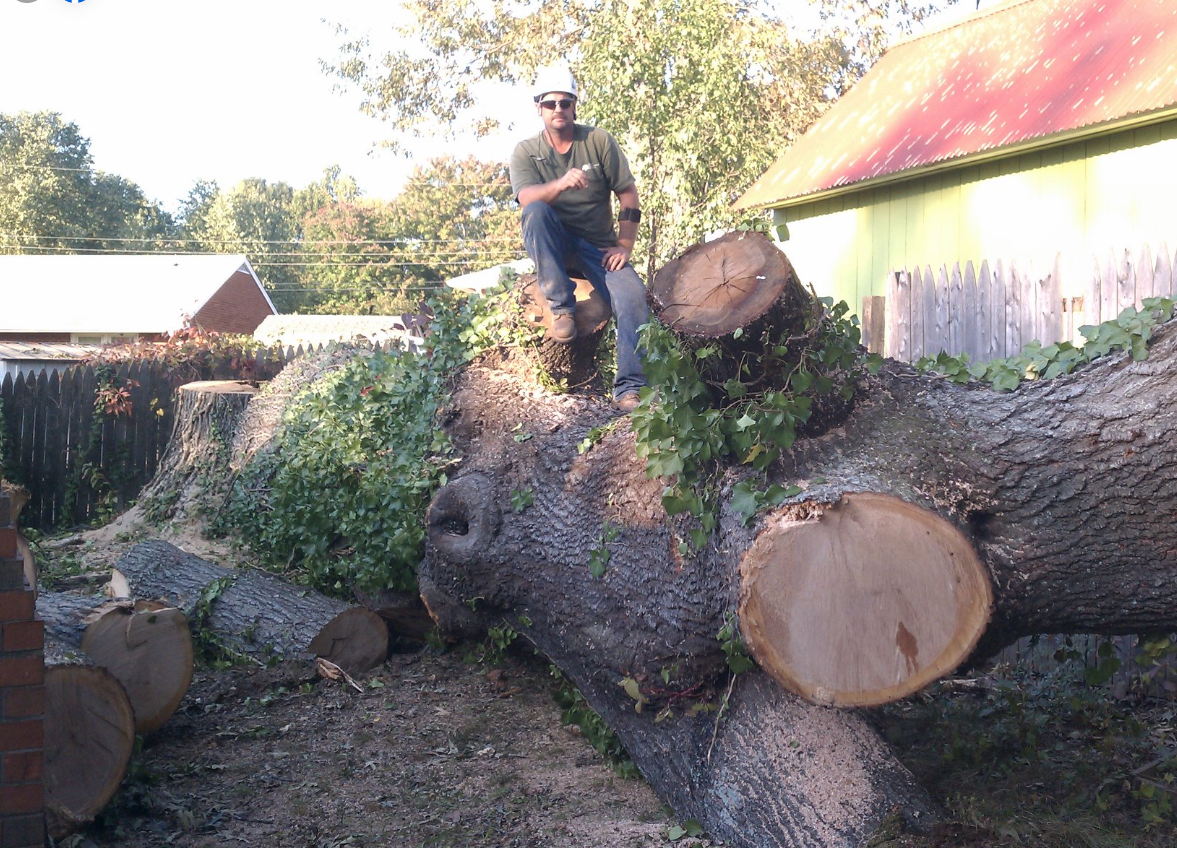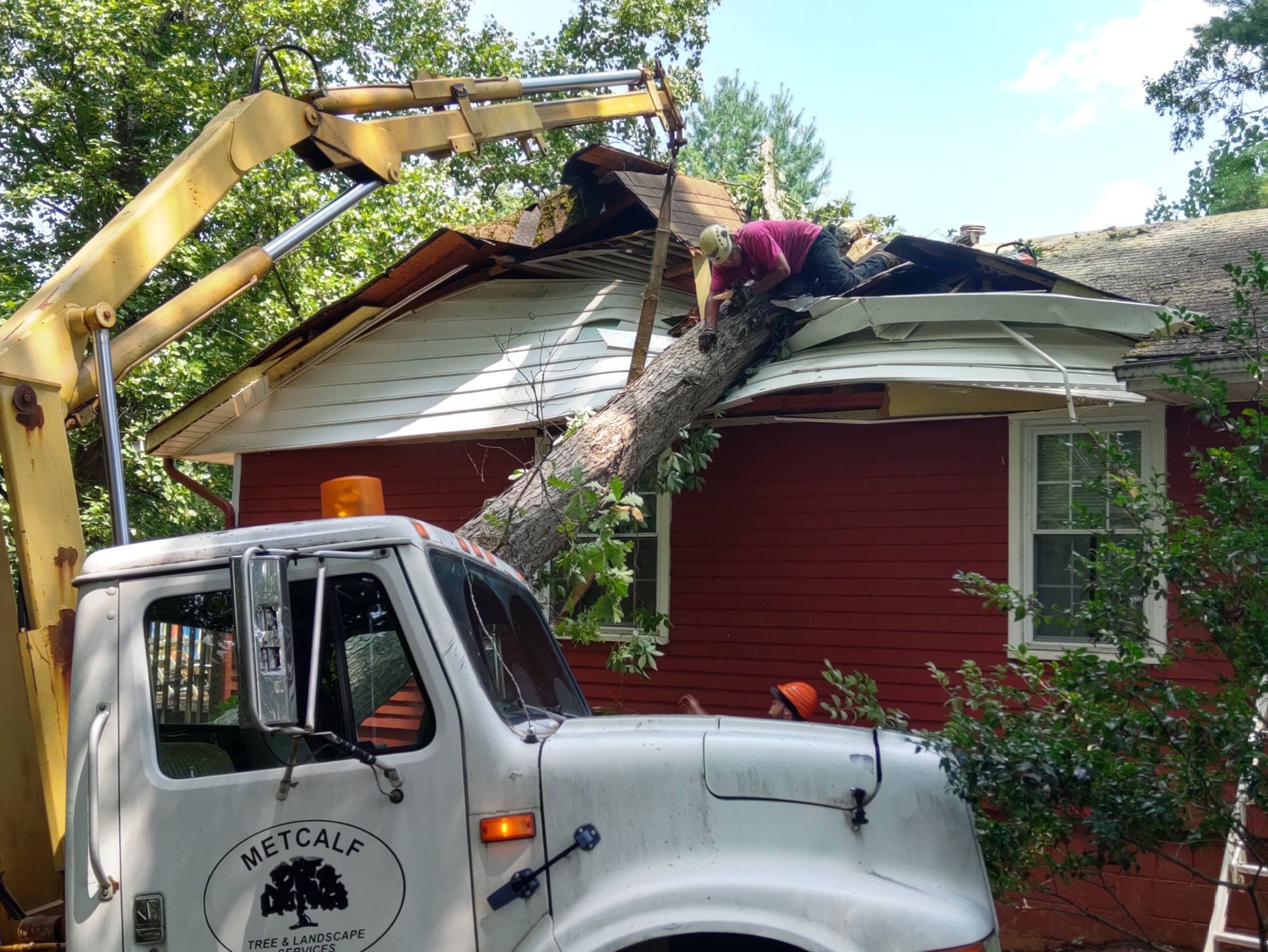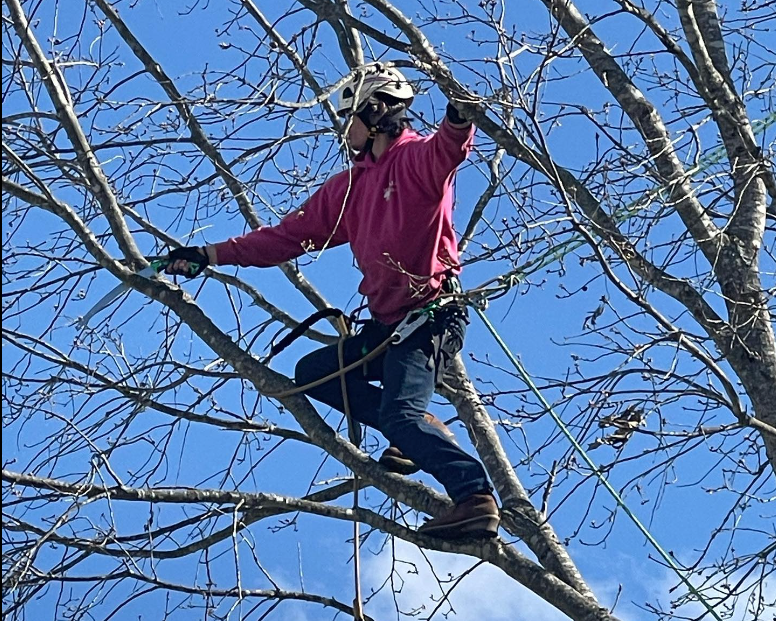This is a subtitle for your new post

What are the Signs of a Dying Tree?
Trees are essential components of our environment, providing numerous benefits from oxygen production to offering shade and beauty in our landscapes. However, there may come a time when you find yourself wondering, “Why is my tree dying?” Understanding the signs of a dying tree can help you take action to save it or prepare for what may need to be done next.
Common Signs of a Dying Tree
Recognizing the signs of a dying tree is the first step to addressing the issue. Here are several indicators that can help you determine the health of your tree.
1. Leaf Color Changes
One of the most noticeable signs that a tree may be in distress is the change in the color of its leaves. Healthy tree leaves should be vibrant and green during the growing season. If you notice that the leaves have turned yellow or brown, especially when it's not autumn, this could be a red flag. If the leaves have dropped early or are sparse on the branches, it might indicate that the tree is struggling.
A major reason for this color change is a decline in chlorophyll production. Chlorophyll is the pigment responsible for the green color in leaves and plays a critical role in photosynthesis, helping the tree convert sunlight into energy. When a tree is sick, stressed, or dying, it often produces less chlorophyll, leading to faded, yellowing, or browning leaves. Without enough chlorophyll, the tree cannot maintain its normal energy production, further weakening its health and vitality.
2. Bark Condition
The bark of a tree serves as a protective layer. When the bark begins to peel, crack, or show signs of injury, such as holes, it could indicate stress or disease. Look for sections where the bark may be sloughing off or where the inner wood is exposed. This is often a sign of serious issues that could lead to the question, "Why is my tree dying?"
3. Fungal Growth
If you notice mushrooms or other fungi growing around the base of your tree or on its bark, this could signal that the tree is suffering from internal decay. Fungi thrive on dead and decaying wood, indicating that the tree may not be receiving the nutrients it needs to thrive. This and fruiting bodies are clear signs that your tree could be on its way out, and needs to be assessed.
4. Dead Branches
Dead branches, especially in the upper canopy of the tree, are a significant indication of a problem. While it’s natural for most trees to self-prune by shedding small amounts of dead wood, an excessive number of dead branches is a warning sign that the tree may be struggling to survive. Pay special attention to "dieback," which refers to decay that begins at the tips of the branches and progresses inward. Dieback is a clear indication that the tree is under serious stress and should be professionally assessed. Also, observe whether the dead branches are widespread or limited to certain areas, as localized issues might still be treatable if caught early.
Environmental Factors Impacting Tree Health
Understanding why your tree may be dying also involves examining environmental factors. Various issues contribute to tree distress, and some of them stem from the surrounding conditions.
1. Soil Moisture Levels
Too much or too little water can stress a tree significantly. Excessive amounts of water in the soil can lead to root rot, where the roots do not get sufficient oxygen. Water-stressed trees will also show signs of stress, resulting in wilting or leaf drop. If conditions have been unusually wet or dry, considering the soil moisture levels is crucial in determining why your tree may be dying.
2. Pest Infestations
Insects can wreak havoc on trees. Pests like aphids, borers, and bark beetles can weaken a tree, making it susceptible to diseases and stress. If your tree has visible signs of insects or pest activity, it might be the reason for its declining health.
3. Diseases
Just like animals and humans, trees are also susceptible to diseases. Fungal infections, bacterial problems, and viral infections can all lead to a tree’s decline. When a tree becomes diseased, its entire system can be thrown off balance, resulting in a range of symptoms, including those previously mentioned.
What to Do If Your Tree is Dying
When a tree is dying, it’s important to act quickly. Here are some steps you can take if you notice alarming signs:
Consult an Arborist
If the signs of a dying tree are noticeable, it’s best to consult a certified arborist. They can perform an evaluation to determine the tree's health and suggest the best course of action, whether it's treatments, pruning, or removal.
Improve Soil Conditions
Evaluate the soil conditions around the tree. Amending the soil by ensuring proper drainage and providing nutrients can help restore health. Also, watering adequately according to your tree's needs can make a difference.
Manage Pests and Diseases
If pest infestation or disease is identified, treatment options should be explored immediately. There are numerous pesticides and fungicides available that can help manage these issues, but it’s best to get professional advice.
Final Thoughts
Understanding the signs of a dying tree is crucial for any tree homeowner. If you notice changes in leaf color, bark condition, or growth of fungi around your tree, it's time to investigate further. Recognizing these symptoms early can help you address the problem promptly and potentially save your tree from decline. Remember, trees play a significant role in our environment, and it’s worth caring for them diligently. So when you find yourself asking, "Why is my tree dying?" just know that help is available, and timely action can make all the difference.
If you’re in need of support with your trees, contact Metcalf Tree Service to see how we can help. Our tree services in Charlottesville are built around ensuring that your trees are cared for and safely removed.


